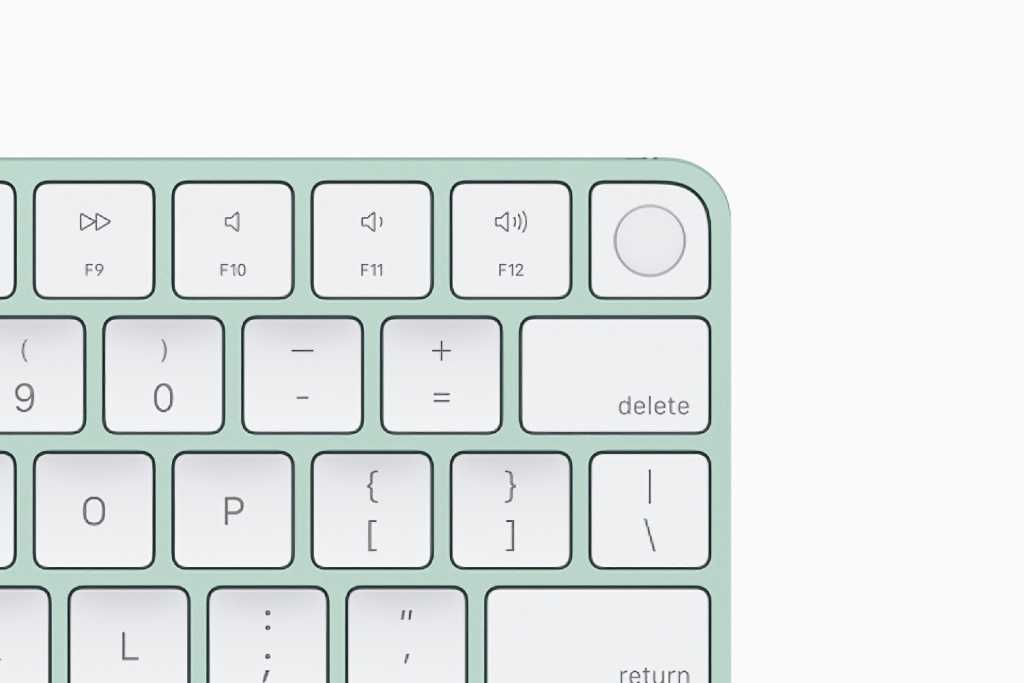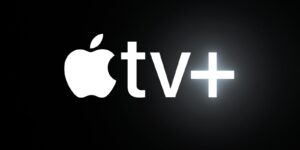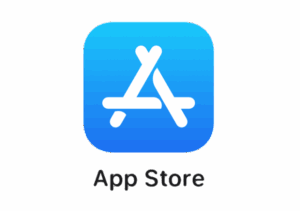24-inch M1 iMac: Which model should you order?
[ad_1]
Apple revealed its new M1 iMac during its Spring Loaded event, and if you’re like us, you immediately wanted to buy one. You can’t actually preorder one until April 30, but that’s a good thing—it gives us time to take a good look at the 24-inch iMac and help you make the best purchase for your money. So follow our guide and spend your money wisely.
What’s standard on all three iMac models
Before we start getting into the differences, let’s take a look at the features that are the same on all three models of the 24-inch iMac.
- 4.5K Retina display (support for 1 billion colors, 500 nits brightness, P3 color gamut, True Tone)
- M1 processsor
- 8GB RAM (16GB upgrade available)
- 1080p FaceTime HD camera
- Six speaker system
- Three-microphone array
- 3.5mm audio jack
- Wi-Fi 6 and Bluetooth 5.0
That’s a lot of computer no matter which model you buy. But there are key differences between the $1,299, $1,499, and $1,699 iMac models.
Apple
24-inch iMac: Design and colors
All of the iMac models have the same all-in-one design, measuring 21.5 x 18.1 x 5.8 inches and weighing about 10 pounds, which is quite impressive for such a powerful desktop PC. But the color options are different, with the higher configurations getting a few extra options.
| iMac model | Colors |
|---|---|
| $1,299 iMac 24” | blue, green, pink, silver |
| $1,499 iMac 24” | blue, green, pink, silver, orange, purple, yellow |
| $1,699 iMac 24” | blue, green, pink, silver, orange, purple, yellow |
Our pick: If you absolutely, positively must have an orange iMac, you absolutely, positively must spend the extra cash. (We’ll admit it does look fabulous.)
24-inch iMac: Graphics (GPU)
All three models have an 8-core M1 CPU, but the graphics processor (GPU) is different in the $1,299 iMac 24”.
| iMac model | CPU cores | GPU cores |
|---|---|---|
| $1,299 iMac 24” | 8 | 7 |
| $1,499 iMac 24” | 8 | 8 |
| $1,699 iMac 24” | 8 | 8 |
The $1,299 iMac 24” has one fewer GPU core than the other two models. To get an idea of how the 7-core and 8-core GPU compare, let’s take a look at benchmarks from the MacBook Air review by Macworld U.K. They tested both the $999 MacBook Air with a 7-core GPU and the $1,249 MacBook Air 8-core GPU. Here’s how the Geekbench test results compare.
| iMac model | Geekbench 5 OpenCL | Geekbench 5 Metal |
|---|---|---|
| 7-core GPU MacBook Air | 16804 | 19283 |
| 8-core GPU MacBook Air | 18462 | 20960 |
OpenCL and Metal are frameworks that are used to render graphics. These tests show how fast each GPU can perform. The 8-core GPU shows a 10 percent increase over the 7-core GPU in Geekbench’s OpenCL test. With Metal, the improvement is 8 percent. Keep in mind that these are benchmark tests designed to stress out and make heavy demands of the GPU, so while you may notice a slight difference if you’re playing an action-packed video game, when it comes to everyday use—web browsing, email, editing your photos, etc.— you won’t notice the difference at all.
Our pick: You’re getting a great chip and solid graphics performance no matter which model you buy, so the GPU shouldn’t be the overwhelming factor when deciding which 24-inch iMac to buy.
24-inch iMac: Thunderbolt and USB ports
All three 24-inch iMac models have two Thunderbolt/USB 4 ports. However, that’s all you get on the $1,299 model. The $1,499 and $1,699 models also have a pair of USB 3 ports, which will be useful if you have a few peripheral devices to connect. None of the iMac models have any USB-A ports, which is a bummer, but they all have a headphone jack on the left side.

The $1,299 M1 iMac (left) has two Thunderbolt/USB 4 ports. Tthe $1,499 and $1,699 M1 iMac (right) has those same ports, in addition to two USB-3 ports.
Apple
Our take: Obviously, if you are only connecting one or two items to your Mac, two ports will suffice. But two ports on a desktop machine are extremely limited, so you’ll likely need to invest in a Thunderbolt hub, a device that is essentially a box that has several different ports on it, acting as an adapter for your devices. For example, we reviewed the Corsair TBT100 Thunderbolt 3 Dock ($250), that you could connect to the iMac’s Thunderbolt port, and it will then provide you with two USB-A ports, two USB-C ports, a gigabit ethernet connector, two HDMI video jacks, and an SD card slot. If you just need more USB-C ports, we love the OWC Thunderbolt Hub, which adds two extra Thunderbolt 4 ports and a USB-A port.
24-inch iMac: Storage
The 24-inch iMac has the usual storage upgrades, going up to 2TB on the higher configurations. Apple hasn’t divulged pricing information yet, but we can assume $200 per 512GB of storage based on Apple’s current matrix.
| iMac model | Standard configuration | Upgrade options |
|---|---|---|
| $1,299 iMac 24” | 256GB | 512GB, 1TB |
| $1,499 iMac 24” | 256GB | 512GB, 1TB, 2TB |
| $1,699 iMac 24” | 512GB | 1TB, 2TB |
Our pick: With cloud storage (iCloud, Dropbox, Box, OneDrive) becoming more prevalent, a 256GB SSD will probably be enough for most people. Content creators who deal with large files will want more onboard storage, which means they’ll probably want to upgrade to one of the higher models anyway.
24-inch iMac: Gigabit ethernet
Most people are using Wi-Fi connections to a network and the internet, but power users will prefer a wired connection with an ethernet port to ensure top speeds and low latency. The 24-inch iMac doesn’t have a gigabit ethernet jack on it per se, but you do get one on the power adapter. As you can see below, Apple moved the port to the power brick, as you can see below.
That ethernet-equipped adapter doesn’t come with the $1,299 24-inch iMac, however. You can opt to get one, but it’ll cost extra. (We don’t know how much yet.)

You get a power adapter with the $1,299 M1 M1, but it’s not this one with gigabit ethernet.
Apple
Our pick: We’re not totally sure how much the ethernet-equipped adapter will be, but since Apple charges $79 for the 96-watt USB-C Power Adapter, we figure it’ll cost at least $50 on top of the $1,299 iMac. So if you really need wired internet, you’ll probably want at least some of the other features on the $1,499 model too.
24-inch iMac: Touch ID
Touch ID is finally on a desktop Mac! Apple made a super-cool keyboard specifically for the 24-inch iMac in seven colors to match every hue that is with Apple’s fingerprint sensor in the top right corner. With Touch ID enabled, any time you need to enter a password, a prompt appears and you simply lay your finger on the Touch ID button to authenticate.
However, the Magic Keyboard with Touch ID is only available on the $1,499 and $1,699 models. However, the $1,299 model does not include Touch ID, which is a bummer. Instead, it has a standard wireless Magic Keyboard that can be upgraded to a Touch ID keyboard for a fee (likely at least $49).

The Magic Keyboard with Touch ID is standard with the $1,499 and $1,699 M1 iMac.
Apple
Our pick: We’re big fans of Touch ID on our MacBooks, so we definitely recommend getting it, whether you pay extra or jump to the $1,499 model. We don’t know how much that is, unfortunately, and if it’s anything more than $50, you should jump to the next model.
24-inch iMac: Our buying advice
It’s nice that the 24-inch iMac starts at the same $1,299 as it did before, but with just a $200 difference between it and the next model, we’d recommend saving up. The $1,499 iMac 24” has the right combinations of features for the price: You get a total of four ports for connecting cables and devices, the Magic Keyboard with Touch ID, gigabit ethernet, more color choices, and a little bit of a boost with graphics processing. It’s hard to quantify the difference without knowing how much the add-ons cost, but it certainly feels like more than $100.
Roman has covered technology since the early 1990s. His career started at MacUser, and he’s worked for MacAddict, Mac|Life, and TechTV.
[ad_2]
Source link






